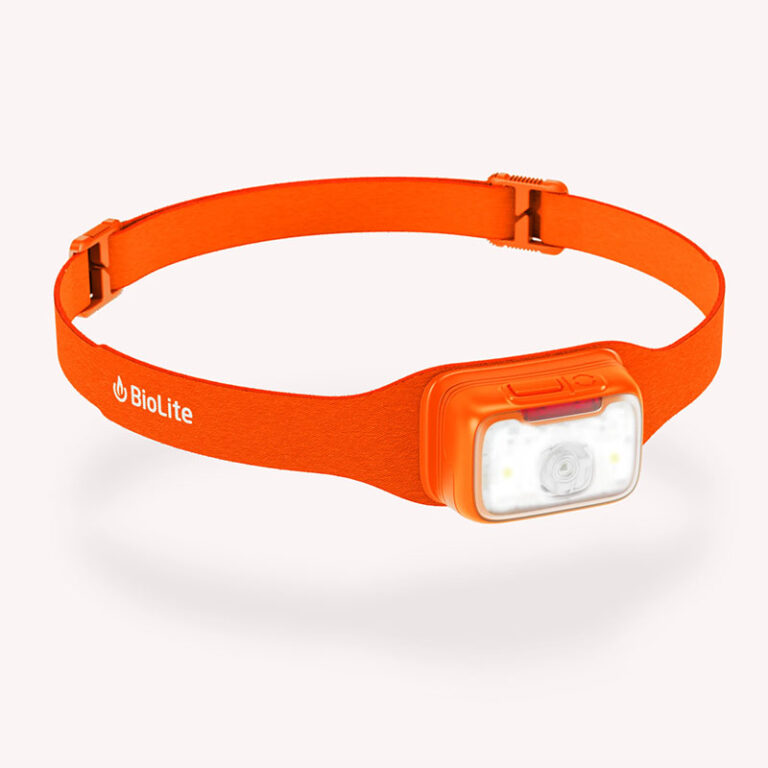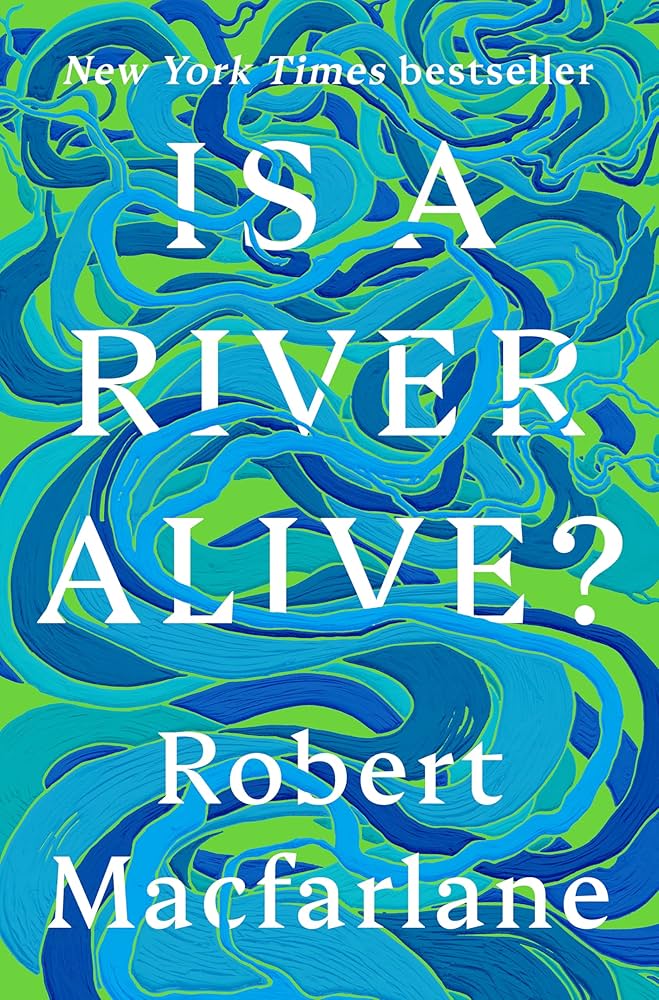If animals become too crowded, they can more easily spread viral and bacterial diseases. This can become exasperated when humans artificially crowd animals, particularly bringing a large variety of different species together, like in the wildlife farms and wet markets where the COVID-19 outbreak started. In these situations, diseases can spread rapidly, evolve, and jump from one species to the next. Current evidence suggests that COVID-19 started in horseshoe bats and moved to the pangolins, a type of endangered anteater that resembles an armadillo, and probably jumped to other species before infecting humans at a wet market.
Coronaviruses are fairly common, accounting for about 30 percent of common colds. But many humans have antibodies to fight these more common viruses. COVID-19 is novel, or new to humans, which is why it has been such a struggle to fight. Nevertheless, so many questions are still unanswered.













